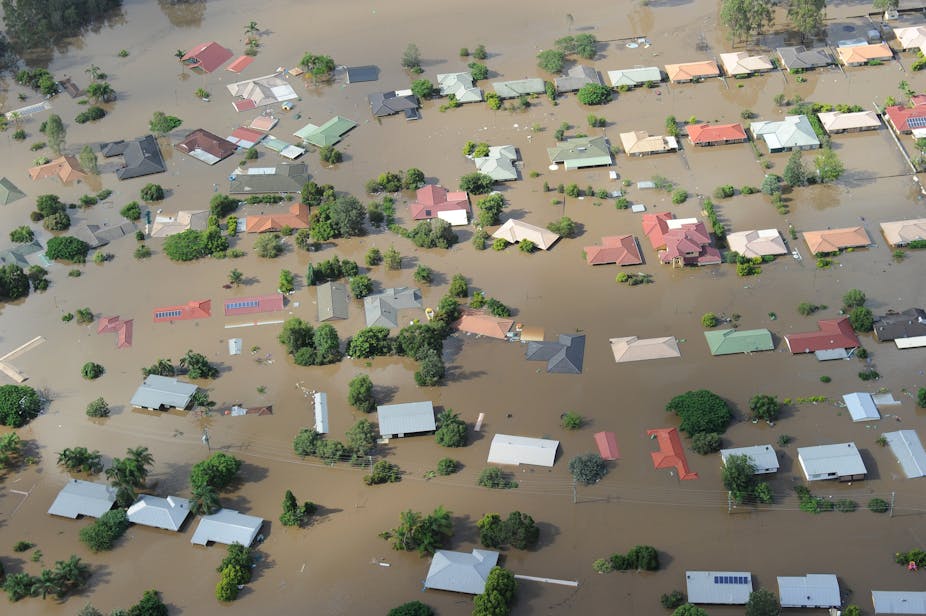Greenhouse gases have increased at more than 3% a year for the past decade to reach their highest level in 800,000 years, according to the latest summary of Australia’s long term climate trends by CSIRO and the Bureau of Meteorology.
Despite recording the two coolest years this millennium in 2010 and 2011, Australia is continuing to observe rising temperatures over land that are consistent with global-scale warming, the climate report says. The average day and night-time temperatures in Australia are a degree higher than they were a century ago.
State of the Climate 2012 also says that sea levels have risen around Australia at rates equal to or greater than the global average, and sea surface temperatures in the region have increased faster than the global average. Temperatures for nine months in 2011 were among the top ten warmest months on record.
The climate report, released today, says that “most of the surface global warming observed since the mid-20th century” is due to man-made increases in greenhouse gases.
CSIRO Chief Executive, Megan Clark, said the latest analysis painted a clear decade-to-decade picture of Australia’s climate, while at the same time noting its highly variable nature from one year to the next.
“Much of Australia may have lurched from drought to floods since the previous State of the Climate, but this has occurred against a backdrop of steadily increasing air and ocean temperatures and rising sea levels,” Dr Clark said. “What’s more, the rate of change is increasing.
"The fundamental physical and chemical processes leading to climate change are well understood, and CSIRO and the Bureau of Meteorology observations demonstrate that change is occurring now.”
The report says that Australian average temperatures are projected to rise by 0.6 to 1.5 degrees by 2030 when compared with the climate of 1980 to 1999. The warming is projected to be in the range of 1.0 to 5.0 degrees by 2070 if global greenhouse gas emissions are within the range of projected future emission scenarios.
Southern Australia is expected to experience more droughts, but it also is likely that there will be an increase in rainfall in many areas.
According to the report, the CO2 concentration of the atmosphere rose to around 390 parts per million in 2011, a level unprecedented in the past 800,000 years.
Bureau of Meteorology Acting Director, Rob Vertessy, said the updated summary was based on improved understanding drawn from detailed analysis of Australia’s national climate record, which goes back more than a hundred years.
“Ground, ocean and satellite based observations are giving us highly consistent observations of this warming trend,” Dr Vertessy said. “State of the Climate 2012 confirms that each decade has been warmer than the previous decade since the 1950s, with an increase in the number of warm nights, and more monthly maximum temperature records being broken.”
Professor David Karoly, from the School of Earth Sciences at the University of Melbourne, said the report “confirms that the global climate is still warming, sea level is still rising and discusses the recent heavy rain in eastern Australia as due to two consecutive La Nina events.
"Given the substantial misinformation about climate change … this report is very helpful in providing clear messages that concerns about climate change due to increasing greenhouse gases are still very well based in sound science.”

